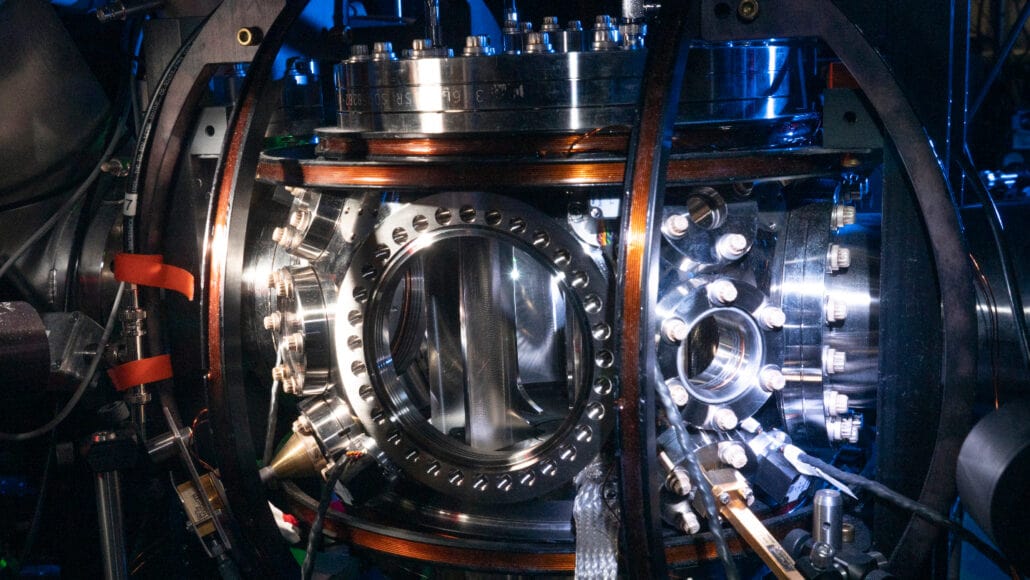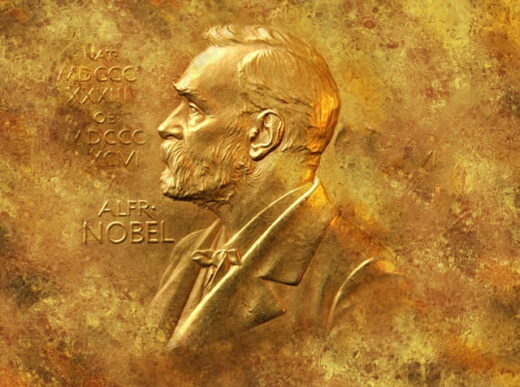In a groundbreaking discovery, physicists have achieved an unprecedented level of precision in measuring the shape of electrons. These subatomic particles have been confirmed to be exceedingly round, with a near-perfect spherical shape. The implications of this finding are far-reaching, particularly in shedding light on the cosmic mystery of why the universe is filled with matter while antimatter remains scarce. This article delves into the significance of electrons’ roundness and the profound questions it raises about the fundamental laws of nature.
Electrons’ Remarkable Roundness
Physicists recently reported in the July 7 issue of Science that electrons exhibit an extraordinary level of roundness. This finding, measured with utmost precision, surpasses previous records, leaving no room for any asymmetry in the distribution of the electron’s electric charge. The electron’s shape, often described as pointlike at its most basic level, is now confirmed to be nearly perfect in its spherical symmetry. To put this into perspective, if an electron were scaled to the size of Earth, any deviation from a perfect sphere would be smaller than an atom.
Unraveling the Matter-Antimatter Puzzle
The discovery of electrons’ extreme roundness has profound implications for understanding the origins of the universe. The mystery lies in the asymmetry between matter and antimatter. According to the Big Bang theory, both matter and antimatter should have been created in equal amounts. However, our observable universe is dominated by matter, while antimatter remains relatively scarce. This discrepancy, known as the matter-antimatter asymmetry, is a fundamental puzzle that has puzzled physicists for decades.
The Electric Dipole Moment and Asymmetry
To comprehend the matter-antimatter asymmetry, physicists have been investigating whether the shape of the electron, particularly its electric dipole moment, could hold the key. An electric dipole moment is a property that describes the distribution of electric charges within a particle. If the electron were not perfectly round but slightly elongated, an electric field would exert a torque on it. This analogy likens the phenomenon to how gravity can topple an egg standing on its end.

Searching for Hidden Particles
To determine the electron’s shape, researchers observed whether electrons pivoted when exposed to an electric field. They studied the energy levels of electrically charged molecules of hafnium fluoride. Any asymmetry in the electron’s shape would cause different energy levels in the molecules, depending on the orientation of the “egg” relative to the electric field. The researchers found no variation in energy levels, providing strong evidence for the electron’s perfect roundness.
Theoretical physicists have suggested that certain subatomic particles could exist transiently around electrons, causing them to be slightly oblong. These elusive particles could be responsible for the matter-antimatter asymmetry. However, they are hypothesized to be extremely massive and, thus, beyond the detection capabilities of even the world’s largest particle accelerator, the Large Hadron Collider.
The Unresolved Cosmic Puzzle
The discovery of electrons’ perfect roundness leaves physicists grappling with the unsolved mystery of matter dominance in the universe. Without evidence of hidden particles that could explain the asymmetry, the question of how matter gained the upper hand remains open-ended. The enigma of matter-antimatter asymmetry challenges physicists to explore new frontiers and search for elusive answers to the very fabric of our cosmos.
A Glimpse Into the Cosmos
The precision achieved in measuring the electron’s shape marks a pivotal milestone for particle physicists. As experiments continue to advance, scientists are optimistic about the possibility of testing for particles with even larger masses. These endeavors hold the potential to unlock new discoveries and provide valuable insights into the nature of our universe.
Conclusion: Embracing the Unknown
The confirmation of electrons’ exceptional roundness represents a leap forward in our quest to unravel the cosmic puzzle. As we peer into the subatomic realm, we are confronted with profound questions that challenge our understanding of the universe’s fundamental principles. As we delve deeper into the mysteries of matter and antimatter, we must embrace the unknown and remain driven by our insatiable curiosity to comprehend the origins of the cosmos.















